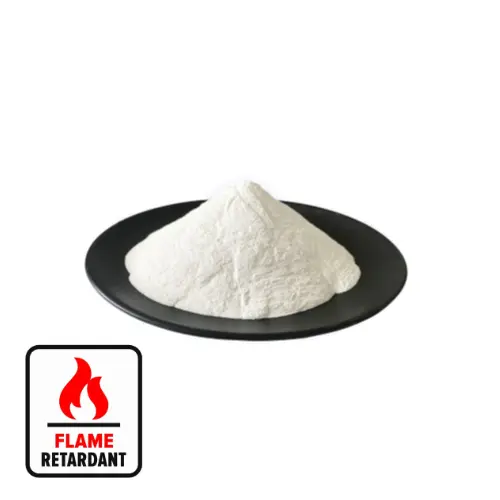Magnesium hydroxide is a widely used inorganic flame retardant, which has the advantages of non -toxicity, halogen -free, environmental protection, low cost and so on. However, magnesium hydroxide also has some deficiencies, such as strong surface polarity, poor compatibility with high polymers, and dispersal difficulty, which affects its flame retardant efficiency and application scope.
Modified magnesium hydroxide can effectively overcome these shortcomings and improve their flame retardant performance and application value.
The main purpose of the modification is:
Improve the compatibility with polymers: The surface of magnesium hydroxide after modified can be reduced, and it has better affinity with the polymer. So as to improve flame retardant effects.
Improved decentralization: The size of the modified magnesium hydroxide particles is reduced, and the dispersability is improved, which can reduce the viscosity of the high polymer melt, reduce the difficulty of processing, and improve the quality of the product.
Enhanced flame retardant performance: Modified magnesium hydroxide can improve the efficiency of release of water vapor, dilute the oxygen of the combustion area, reduce the burning heat, and improve the flame retardant effect.
Common magical hydroxide modification methods include:
Physical modification: Change the particle size, appearance, and surface properties of magnesium hydroxide through the methods such as overfineness and surface treatment.
Chemical modification: Change the surface chemical properties of magnesium hydroxide by closure of branches and co -crossing, surface cross -linking.
Modified magnesium hydroxide can be applied to various polymer materials, such as polyolefins, polystyrene, polyurethane, polyethylene alcohol, etc., which are widely used in electronics, building materials, textile clothing, transportation and other fields.
Specifically, modified magnesium hydroxide has the following advantages:
High flame retardant efficiency: Magnesium hydroxide after modified can release more water vapor, dilute the oxygen of the combustion area, reduce the burning heat, and improve the flame retardant effect.
Good decentralization: The size of the magnesium hydroxide particles after modification is reduced, and the dispersability is improved, which can reduce the viscosity of the high polymer melt, reduce the difficulty of processing, and improve the quality of the product.
Good compatibility: The modified magnesium hydroxide and polymers have better affinity, and can be evenly scattered in the high polymer matrix to form a closer interface combination to improve the flame retardant effect.
Environmental protection non -toxic: Modified magnesium hydroxide does not contain toxic and harmful substances, which meets environmental protection requirements.
Therefore, magnesium hydroxide is the trend of future flame retardants.

